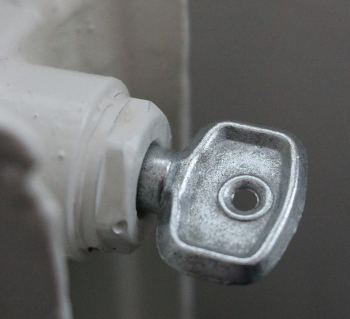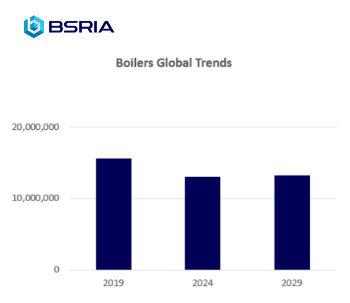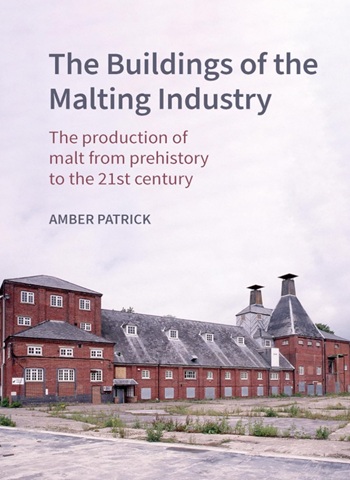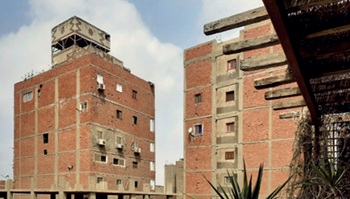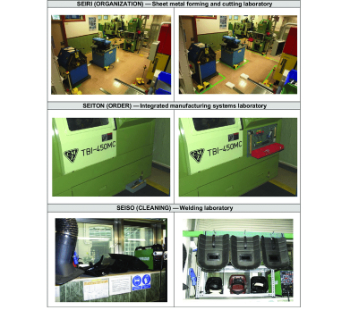About CWilkinson17
Large Multiple occupancy buildings should utilise roof space by building a greenhouse with adequate growing area for a large number of fruit and veg, such as tomatoes, courgettes, lettuce, etc. Residents can place their uneaten food in a compost bin in the bin stores and rainwater can be harvested for watering. Excess heat generated by the building can be used to heat the greenhouse during winter allowing for sufficient growing conditions all year. Produce can be delivered back to residents and upkeep would be paid for by a small extra cost in maintenance charges. This would create a self sustaining ready supply of healthy food. This would also result in a C02 reduction due to the elimination of the need to travel to shops, or for the large scale production of crops bought in a supermarket.
Featured articles and news
Editor's broadbrush view on forms of electrical heating in context.
The pace of heating change; BSRIA market intelligence
Electric Dreams, Boiler Realities.
New President of ECA announced
Ruth Devine MBE becomes the 112th President of the Electrical Contractors Association.
New CIAT Professional Standards Competency Framework
Supercedes the 2019 Professional Standards Framework from 1 May 2025.
Difficult Sites: Architecture Against the Odds
Free exhibition at the RIBA Architecture Gallery until 31 May.
PPN 021: Payment Spot Checks in Public Sub-Contracts
Published following consultation and influence from ECA.
Designing Buildings reaches 20,000 articles
We take a look back at some of the stranger contributions.
Lessons learned from other industries.
The Buildings of the Malting Industry. Book review.
Conserving places with climate resilience in mind.
Combating burnout.
The 5 elements of seiri, seiton, seiso, seiketsu and shitsuke.
Shading for housing, a design guide
A look back at embedding a new culture of shading.
The Architectural Technology Awards
The AT Awards 2025 are open for entries!
ECA Blueprint for Electrification
The 'mosaic of interconnected challenges' and how to deliver the UK’s Transition to Clean Power.
Grenfell Tower Principal Contractor Award notice
Tower repair and maintenance contractor announced as demolition contractor.







